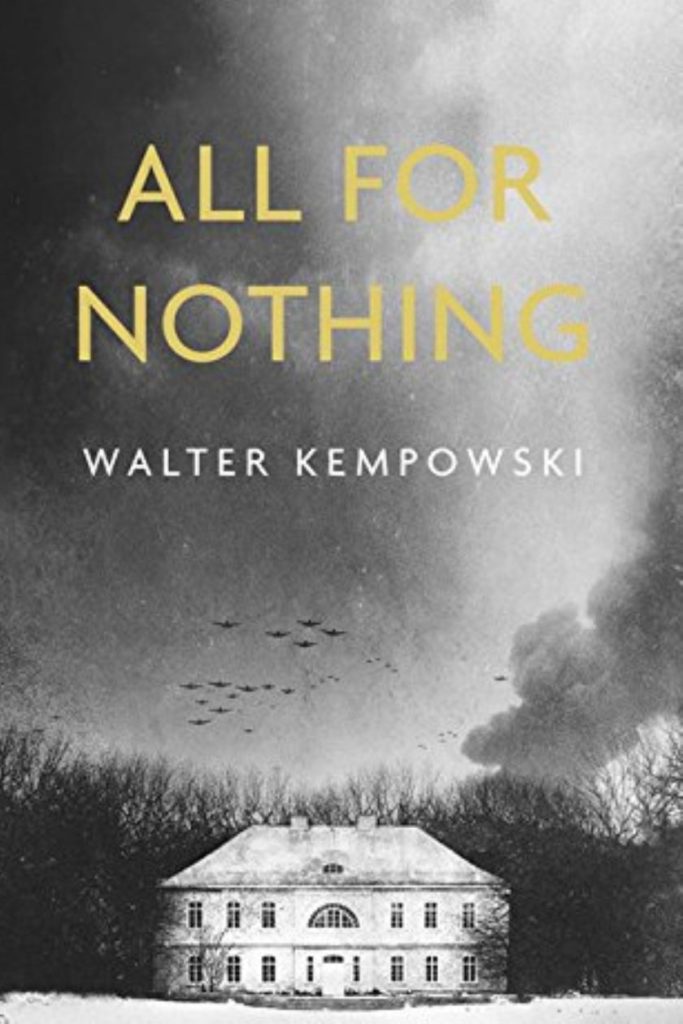

2019, we provide information on 518 new college common reading selections at 475 institutions. Last year we presented and analyzed information on 4,754 assignments between 20 at 732 separate institutions, including 1,664 individual texts. We also advocate external supervision of common reading programs at public universities, to guarantee their intellectual diversity. We advocate systematic reform of college common reading programs.

Non-academic mission statements steer selection committees away from intellectually challenging books toward those promoting progressive beliefs or activism the selection committees are usually run or dominated by activist “co-curricular” administrators rather than professors and common reading programs are frequently integrated with programs of service-learning and civic engagement, which are designed to promote student activism rather than to educate. The limitations of college common reading selections derive from their institutional frameworks. College common reading committees overwhelmingly select a narrow range of books: politically progressive, designed to promote activism, confined to American authors, literarily mediocre, juvenile, recent, and mostly nonfiction.

Different college readings have risen and fallen in popularity-Rebecca Skloot’s The Immortal Life of Henrietta Lacks one year, Ta-Nehisi Coates’ Between the World and Me another-but our overall critique has remained constant. The National Association of Scholars (NAS) has analyzed college common readings since 2010.


 0 kommentar(er)
0 kommentar(er)
